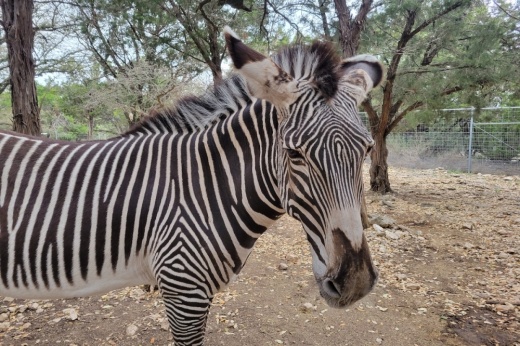Kiwi—a small mammal called a kinkajou—has been spending more time than normal in an air-conditioned building at the Austin Zoo this summer.
As high temperatures have sustained in the area, guests and zoo animals alike have found themselves shying away from the outdoors.
Austin Zoo Executive Director Patti Clark said it is normal for attendance numbers to dip on especially hot days.
“Any time the temperatures are 100-plus, we see a corresponding drop in our headcount numbers,” Clark said.
The zoo saw a 30% decrease in visitors in June 2022 compared to June 2021, according to Clark.
The average high temperature for the Austin area in June was 100.4 degrees.
The heat is not only affecting attendance numbers. Zoo employees also have to contend with animal care in the extreme weather. Most animals choose to stay inside during hot days.
Austin Zoo general curator Andrea O’Daniels said most of the animals they rescue and house are from warmer climates. General and species-specific protocols for animal care during extreme heat were already developed prior to the heat wave and are being deployed daily at the zoo.
Misters and fans in enclosures provide moisture and cool air, while shady areas built into the habitats give animals cover from the sun.
Smaller primates are given ice bottles and ice treats. Ostriches and emus are fond of showers delivered by a hose. And pigs and capybaras cool down by spending time in mud wallows.
In the event of a power grid failure, a topic which has come up often across Texas during a summer of record energy demand, the zoo has generators to keep equipment running, according to O'Daniels.
Clark is looking forward to a reprieve from the heat and the return of more guests. Spring break is traditionally the zoo's busiest time due to better weather and school not being in session.
In the meantime, Clark said the zoo will continue to do their best to mitigate the heat's effects.
“I need to figure out how to air condition the zoo and I’m not sure how to do that on 20-some-odd built-out acres,” Clark said.





